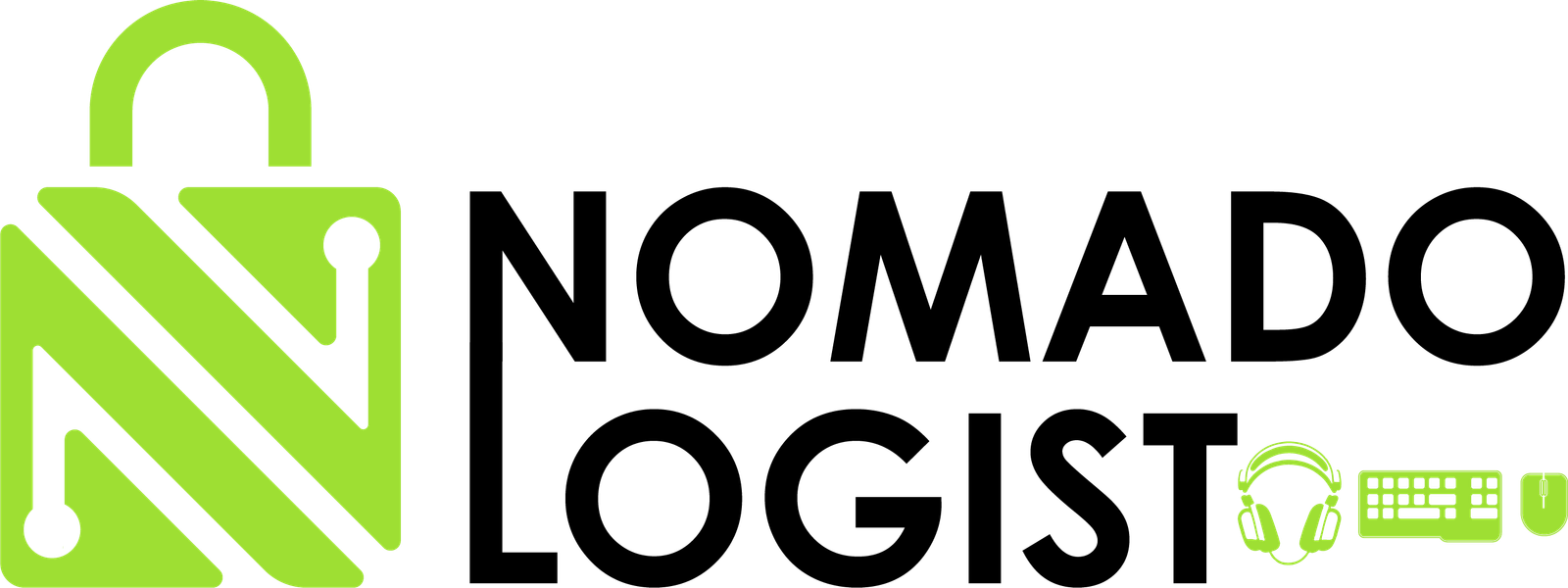In the dynamic realm of remote work, effective communication is the cornerstone of success. As teams embrace flexible work arrangements, the need for reliable communication tools has never been more critical. From video conferencing software to instant messaging platforms and project management tools, the digital landscape offers a plethora of solutions to facilitate seamless collaboration and communication among remote teams. Let’s explore these essential remote communication tools and their role in fostering productivity, connectivity, and teamwork in the virtual workspace.
Navigating Face-to-Face Virtually: Video Conferencing Software
Bringing colleagues together across geographical boundaries, video conferencing software has revolutionized remote communication by enabling face-to-face interactions from anywhere in the world. Whether it’s team meetings, client presentations, or virtual workshops, video conferencing platforms such as Zoom, Microsoft Teams, and Google Meet offer intuitive interfaces and robust features to facilitate real-time collaboration. From screen sharing and chat functionality to virtual backgrounds and recording capabilities, these tools empower teams to connect, communicate, and collaborate effectively, bridging the gap between remote work and in-person interactions.
Instant Connectivity: Instant Messaging Platforms
In the fast-paced world of remote work, instant messaging platforms serve as the digital water cooler, fostering real-time communication and collaboration among team members. Whether it’s quick questions, status updates, or informal chats, instant messaging tools such as Slack, Microsoft Teams, and Discord provide a centralized hub for team communication. With features like channels, direct messaging, and file sharing, these platforms streamline communication workflows and promote transparency, efficiency, and camaraderie among remote teams. By enabling instant connectivity, instant messaging platforms empower teams to stay connected and aligned, regardless of their physical location.
Project Coordination: Project Management Tools
Keeping projects on track and teams aligned is essential for remote collaboration, and project management tools offer the framework to achieve just that. Platforms such as Asana, Trello, and Monday.com provide intuitive interfaces and robust features to organize tasks, track progress, and collaborate on projects in real time. From creating task lists and setting deadlines to assigning responsibilities and monitoring milestones, these tools empower teams to streamline workflows, prioritize work, and stay on schedule. By centralizing project information and facilitating collaboration, project management tools enhance productivity, accountability, and transparency in the remote workspace.
Secure Communication: Encrypted Messaging Apps
Privacy and security are paramount in remote communication, particularly when discussing sensitive information or confidential matters. Encrypted messaging apps such as Signal, Telegram, and WhatsApp offer end-to-end encryption to ensure that messages, calls, and shared files remain secure and protected from unauthorized access. With features like disappearing messages, fingerprint authentication, and two-factor authentication, these apps provide peace of mind for teams conducting sensitive discussions or sharing confidential information. By prioritizing security and privacy, encrypted messaging apps enable remote teams to communicate confidently and securely, safeguarding sensitive data and preserving confidentiality.







Leave a comment